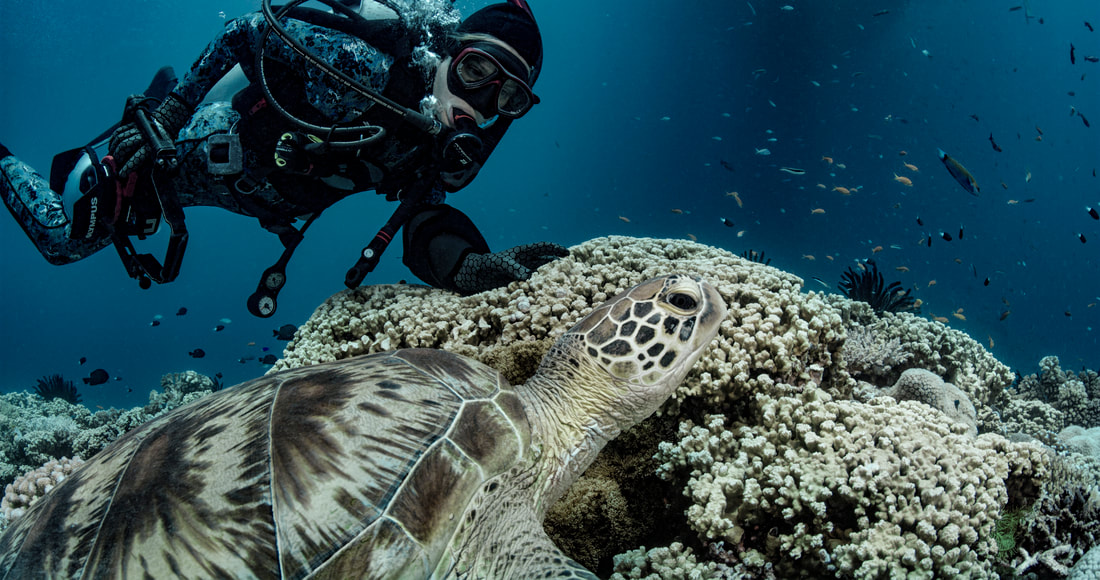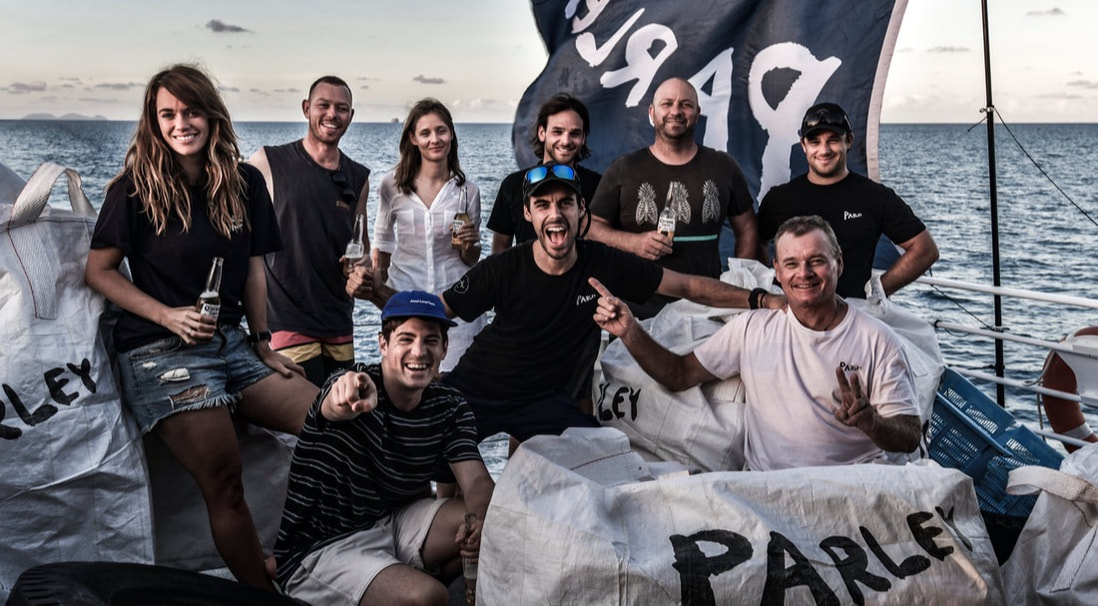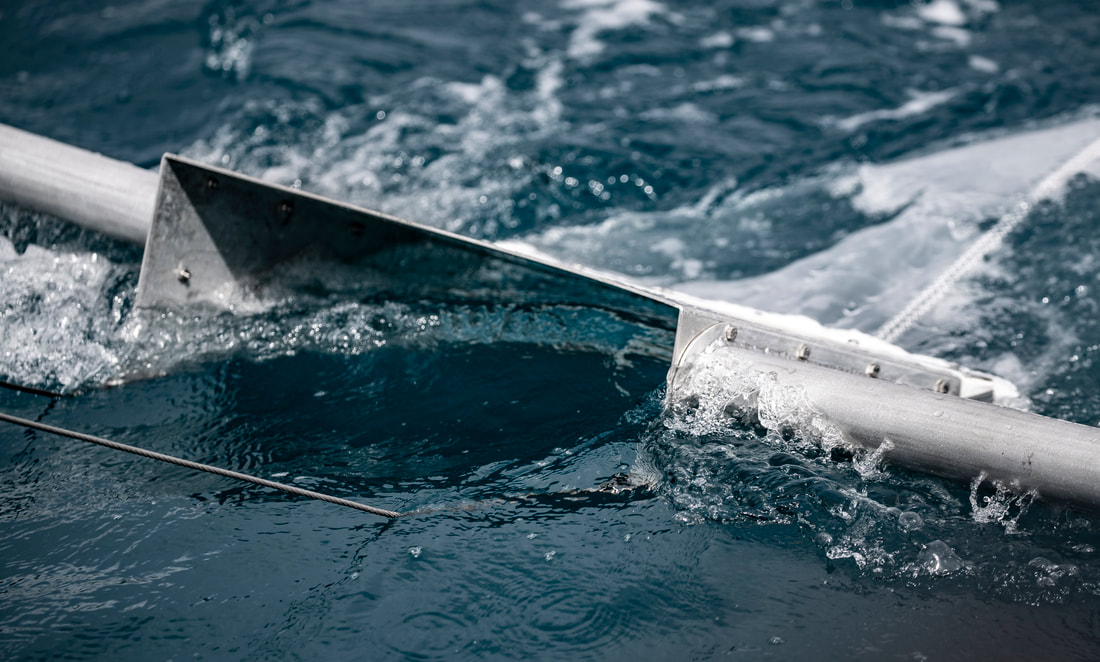|
Not long after our last trip, we returned to the far northern Islands of the Great Barrier Reef to further investigate the severity of plastic pollution reaching waters and shorelines of the highly remote Cape York Peninsula. This was the crew’s second expedition in recent weeks, and first by boat as part of efforts to gather data on the volume, types and sources of pollution reaching even protected park areas. We are working with local groups and authorities to implement the Parley AIR Strategy (Avoid, Intercept, Redesign) and plan large-scale cleanups to tackle immediate threats to the region’s marine wildlife. The Great Barrier Reef Marine Park was formed to help safeguard a vast area of the reef ecosystem against the rising pressures of human-driven climate change, illegal fishing and related threats. Classified as “Green” (no-take) Marine Park Zones, the northern islands are of extremely high conservation value. They provide critical habitat for populations of marine species, including sea birds and endangered sea turtles which seek refuge on these islands every year to nest. Six of the world’s seven sea turtle species are found within the park. Although Cape York is considered primarily “untouched”, we now know that ocean currents carry large quantities of debris from the Pacific Ocean to major catchment zones throughout the marine park. Our exploratory trips have revealed alarming volumes of plastic pollution and debris on even the most remote and hard-to-reach shorelines and riverbeds of the Cape York mainland. In Cape Bedford, Cape Flattery and north of the Lockhart River, Parley has found shocking evidence of the spread of marine debris, and even hazardous, deadly waste. The most recent expedition looked to nearby island groups and surrounding waters, where we found equally disturbing levels of pollution.
In addition to documenting the beauty and fragility of the marine park and its inhabitants, the expedition crew completed spot cleans and data sampling, looking closely at potential challenges (e.g. tides, winds, weather, access, permits, wildlife and transportation of debris) in planning for large-scale cleanups. The team also conducted a manta trawl to estimate levels of microplastics within the marine park and glean a clearer picture of how specific currents and reef channels affect levels of plastic pollution. Data will be shared with marine authorities to further permits and support for conservation projects.
0 Comments
Leave a Reply. |
Archives
February 2021
Categories |




 RSS Feed
RSS Feed